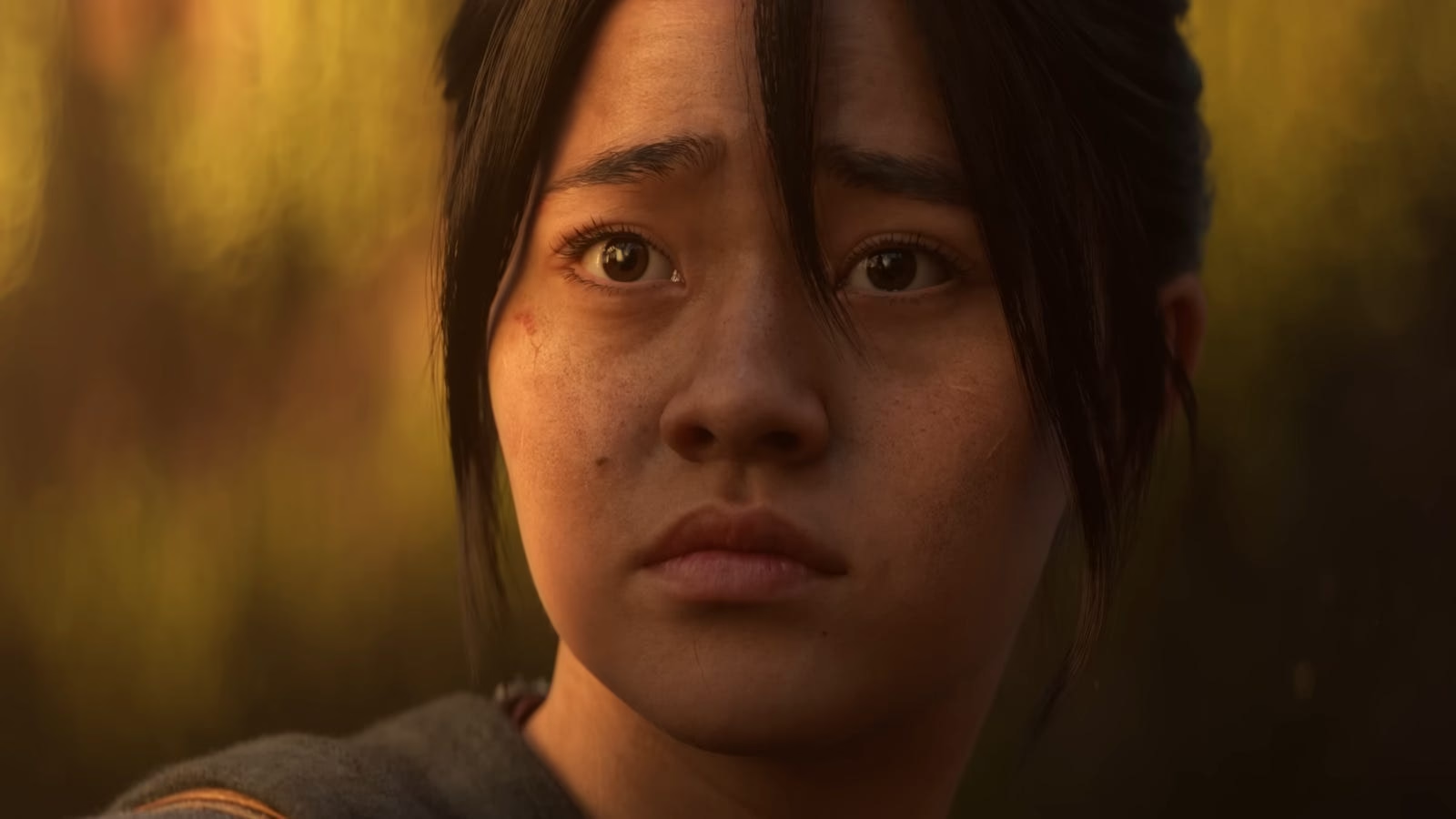Riddle of Fire Review
Estimated reading time: 4 minutes
On paper, Riddle of Fire sounds borderline obnoxious: A trio of paintball-firing hellions, stymied by the password lock on their new, pilfered game console, embark on an epic quest to find the perfect blueberry pie for their sick mother. This mission is fraught with danger, pitting our heroes against a gang of poachers, a witch, and a “woodsy bastard” of a huntsman who’s just a little bit sick of it all. The grainy 16mm photography and nods to ’80s kidventure cinema like The Goonies and Stand By Me all suggest a sort of pandering nostalgia-fest – a loud movie intent to coast on the “inherent” comedy of children cursing, in danger, or both.
Thankfully, the feature debut from director Weston Razooli is almost none of those things. From its high-fantasy-aping opening narration to its deadpan absurdist tone to its dungeon-synth soundtrack (call it “Uematsucore”), Riddle of Fire charts its own weird and wonderful path. Get on its wavelength to even a minor degree and you’ll find an utterly charming adventure that’s one of the best movies of the year so far.
More than anything, Riddle of Fire is a triumph of tone. In telling the tale of Alice (Phoebe Ferro), Hazel (Charlie Stover), and Jodie (Skyler Peters) – the leads introduced onscreen as “The Three Immortal Reptiles” (that’s explained later) – Razooli effortlessly blends ingredients from classic RPGs, video-rental favorites, and Adult Swim into a wholly unique stew. The closest point of comparison would be the recent work of Wes Anderson, particularly the deliberate artificiality and quirky kids of Moonrise Kingdom. The Reptiles are enrolled in something called “dirtbike camp.” They cross paths with the similarly inventively named Enchanted Blade Gang, poachers led by a witch (Lio Tipton). They make friends with Petal (Lorelei Mote), the daughter of said witch. In Razooli’s hands, and within his throwback, handcrafted aesthetic, it’s all very winning.
There’s a precision at work here: Note the carefully arranged table of snacks (including a bouquet of gummy worms and a whole cake), or how stickers in a truck lockbox paint an entire backstory later elaborated upon. Places and objects in Razooli’s world have distinctive names, whether it’s the destination of Alice, Hazel, and Jodie’s arduous journey (Celia’s Bakery) or their prized console (the Otomo Angel, now with Rifts of Anaxia 6!). Helping Riddle of Fire stand out are the Wyoming-by-way-of-Utah landscapes: white rock cliffs, mountainous forests, log cabins… it’s grounded in a real sense of love for a place and all the potential it holds for a wide-eyed, imaginative child. There’s not a hint of irony or betrayal of reality, just total sincerity and full commitment to the bit.
That precision extends to the dialogue as well, which is extremely funny and often delivered with a touch of first-timer’s awkwardness that remains endearing for the entire 113-minute runtime. Lines like “you look like two goddamn prairie dogs,” “cute is better than hot,” or even a simple “where the fuck are we?” just sound so much funnier coming out of the mouths of children, on top of coming across so fresh and weird. Our main trio have tremendous chemistry together and alone, commanding the screen often just with a single look or gaining a laugh from the way they run into a store. In an offbeat – yet helpful – move, Peters’ dialogue is all subtitled; due to either his age or inexperience, he is sometimes difficult to understand. And given that he gets some of the best lines – like “they’re blaring that sweet, sweet country music!” – it’s hard to argue with the choice. This mixture of cowboy poetry and fantastical absurdity surprises in the best of ways, while never taking you out of the story or the characters.
At its heart, Riddle of Fire is a movie about the bonds of childhood friendship. The Immortal Lizard Gang may fight with each other, experience frustrating setbacks, and get pushed around by woodsy bastards. But when it comes down to it, they do all of this for each other (and for the game console they so lovingly worship with 100 Gecs-esque songs). By the end, they’ve even found a new friend in Petal, the lonely princess and burgeoning witch. The final scene is as sweet and satisfying as a blueberry pie; and oh boy, does that plot pay off.









